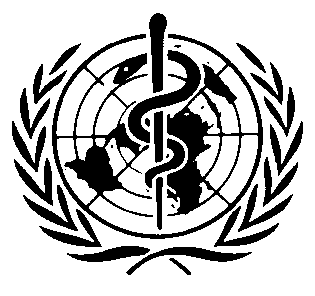International Chemical Safety Cards
| QUARTZ | ICSC: 0808 |




Crystalline silicon dioxide, quartz Silicic anhydride SiO2 Molecular mass: 60.1 CAS # 14808-60-7 RTECS # VV7330000 October 09, 1997 Peer reviewed |
| TYPES OF HAZARD/ EXPOSURE | ACUTE HAZARDS/ SYMPTOMS | PREVENTION |
FIRST AID/ FIRE FIGHTING |
| FIRE |
Not combustible.
|
|
In case of fire in the surroundings: all extinguishing agents allowed.
|
| EXPLOSION |
|
|
|
| EXPOSURE |
|
PREVENT DISPERSION OF DUST!
|
|
| •INHALATION |
Cough.
|
Local exhaust or breathing protection.
|
|
| •SKIN |
|
|
|
| •EYES |
|
Safety goggles,
or eye protection in combination with breathing protection.
|
|
| •INGESTION |
|
|
|
| SPILLAGE DISPOSAL | STORAGE | PACKAGING & LABELLING | ||
|
Sweep spilled substance into containers; if appropriate, moisten first to prevent dusting.
Wash away remainder with plenty of water.
(Extra personal protection: P3 filter respirator for toxic particles).
|
|
R: S: |
||
| SEE IMPORTANT INFORMATION ON BACK | ||||
|
||||